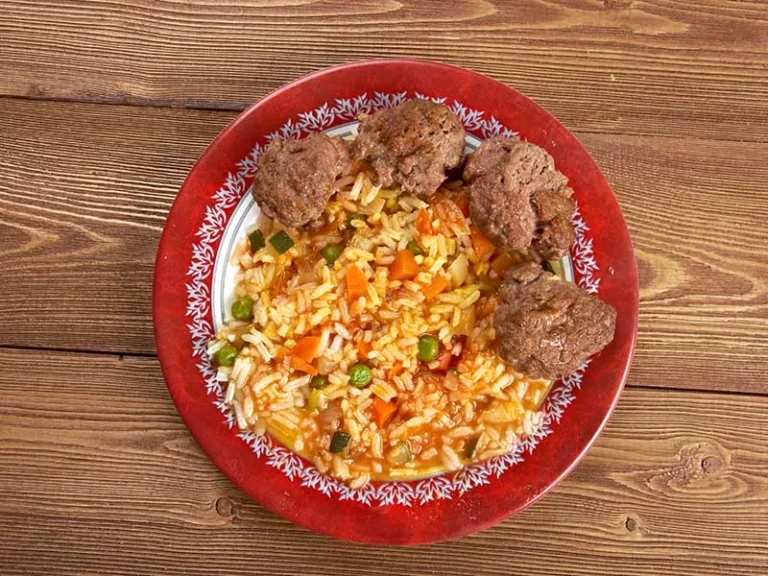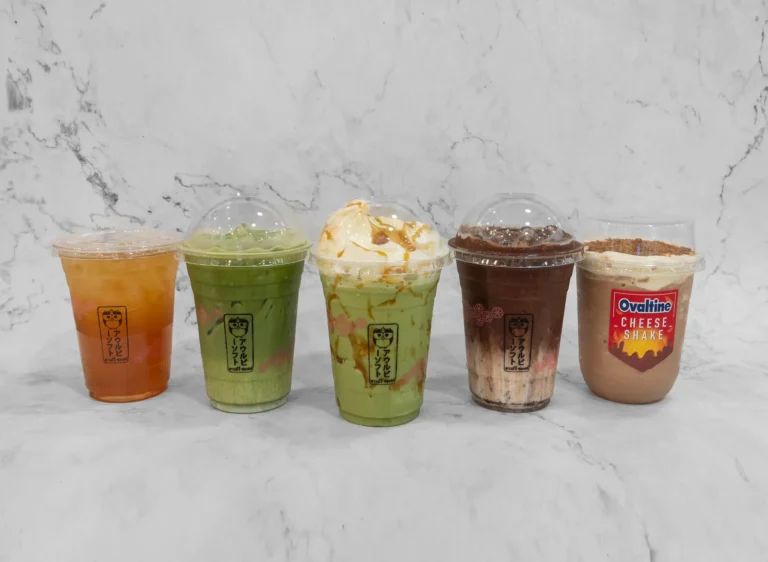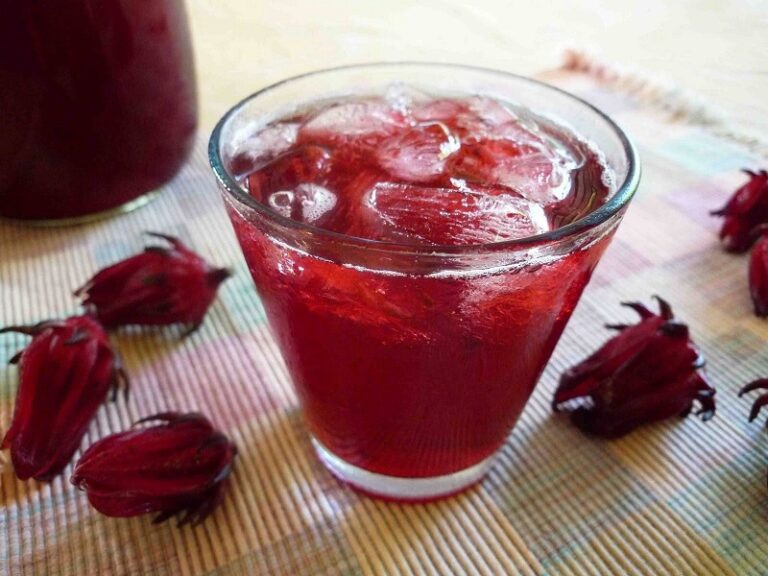Introduction: Thai Beverages
Thailand is a country with a rich and diverse culture, and its beverages are no exception. Thai drinks are a blend of many flavors, ranging from refreshing to spicy to sweet. The tropical fruits and herbs of the area are often used to create unique and flavorful beverages that are sure to tantalize the taste buds. From tea to coffee to beer, there is a beverage for everyone in Thailand.
Thai Iced Tea: A Sweet and Creamy Favorite
Thai Iced Tea, also known as “Cha Nom Yen,” is a popular drink in Thailand and around the world. It is a sweet and creamy tea that is perfect for a hot day or to accompany a spicy meal. The tea is made by brewing strong black tea with star anise, cinnamon, tamarind, and other spices. The tea is then sweetened with condensed milk and served over ice. The result is a refreshing and creamy drink that is a favorite of many.
Cha Yen: The National Drink of Thailand
Cha Yen, also known as “Thai Milk Tea,” is the national drink of Thailand. It is a black tea that is brewed with a mixture of spices and then sweetened with sugar and condensed milk. The tea is then poured over ice to create a refreshing and creamy beverage. Cha Yen is often enjoyed alongside street food or as a dessert after a meal. It is a must-try beverage in Thailand and is enjoyed by locals and tourists alike.
Nam Manao: Refreshing Lime Juice
Nam Manao, or lime juice, is a popular beverage in Thailand. It is a simple yet refreshing drink made from freshly squeezed lime juice, sugar, and water. The lime juice is tart and tangy and is the perfect drink to cool down on a hot day. It is often served with ice and a spoonful of sugar for added sweetness. Nam Manao is a popular alternative to soda and is a healthy and refreshing option.
Singha Beer: Thailand’s Iconic Brew
Singha Beer is the most well-known beer in Thailand and is often referred to as the “King of Beers.” It is a lager beer that is light and refreshing, with a crisp taste. Singha Beer is brewed with only the finest ingredients, including high-quality hops and barley. The beer is often enjoyed with spicy food or as a refreshing drink on a hot day. It is also popular outside of Thailand and can be found in many countries around the world.
Thai Coffee: A Strong and Bold Choice
Thai coffee is a strong and bold beverage that is sure to give you a boost of energy. It is made with a blend of coffee beans that are roasted with butter and sugar, giving it a unique and rich flavor. The coffee is then brewed using a traditional Thai coffee filter and served with condensed milk or sugar. Thai coffee is often enjoyed as a morning beverage or as an afternoon pick-me-up. It is a must-try for coffee lovers visiting Thailand.
In conclusion, Thailand has a wide range of popular beverages that are sure to satisfy any taste bud. From sweet and creamy to refreshing and tart, there is a beverage for everyone to enjoy. Whether you’re in the mood for a cup of tea or a pint of beer, Thailand has it all.




